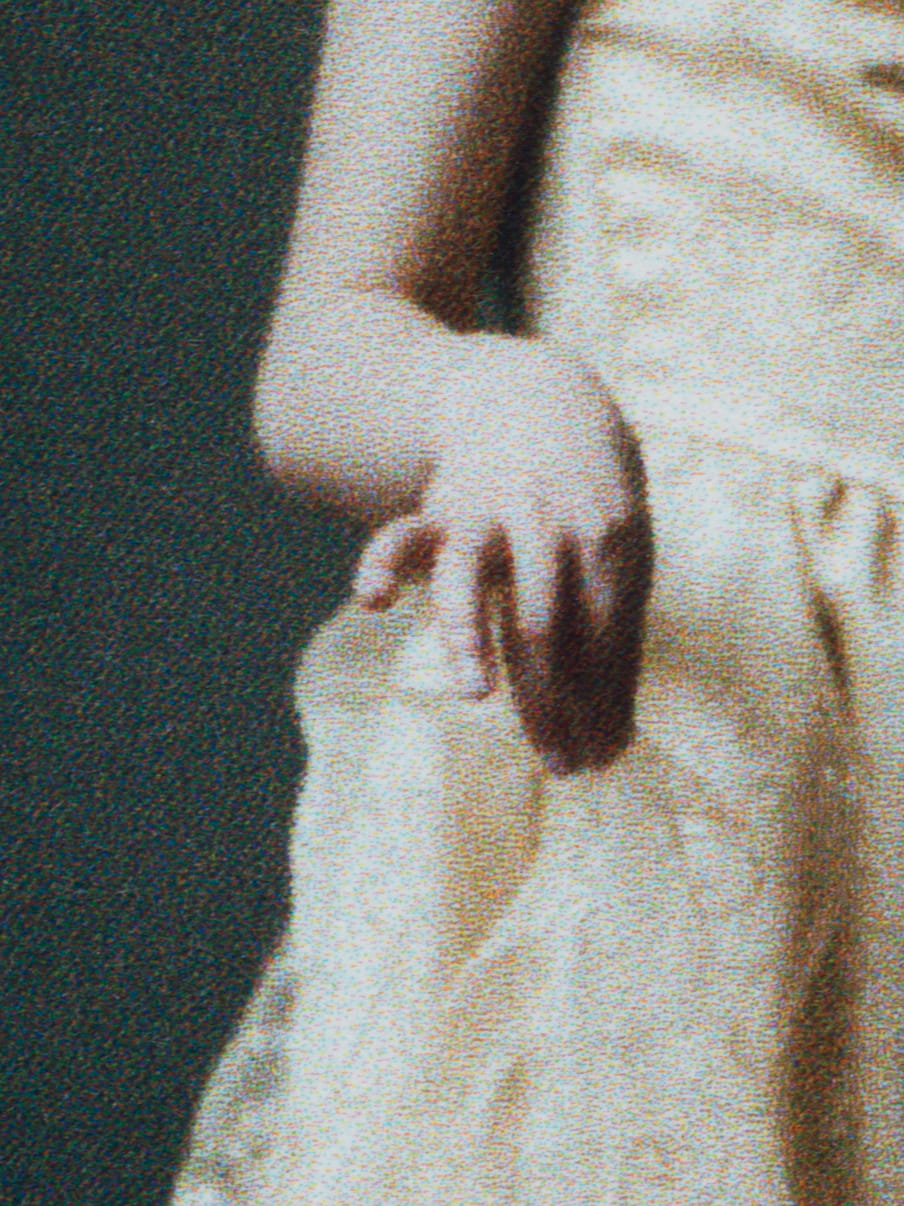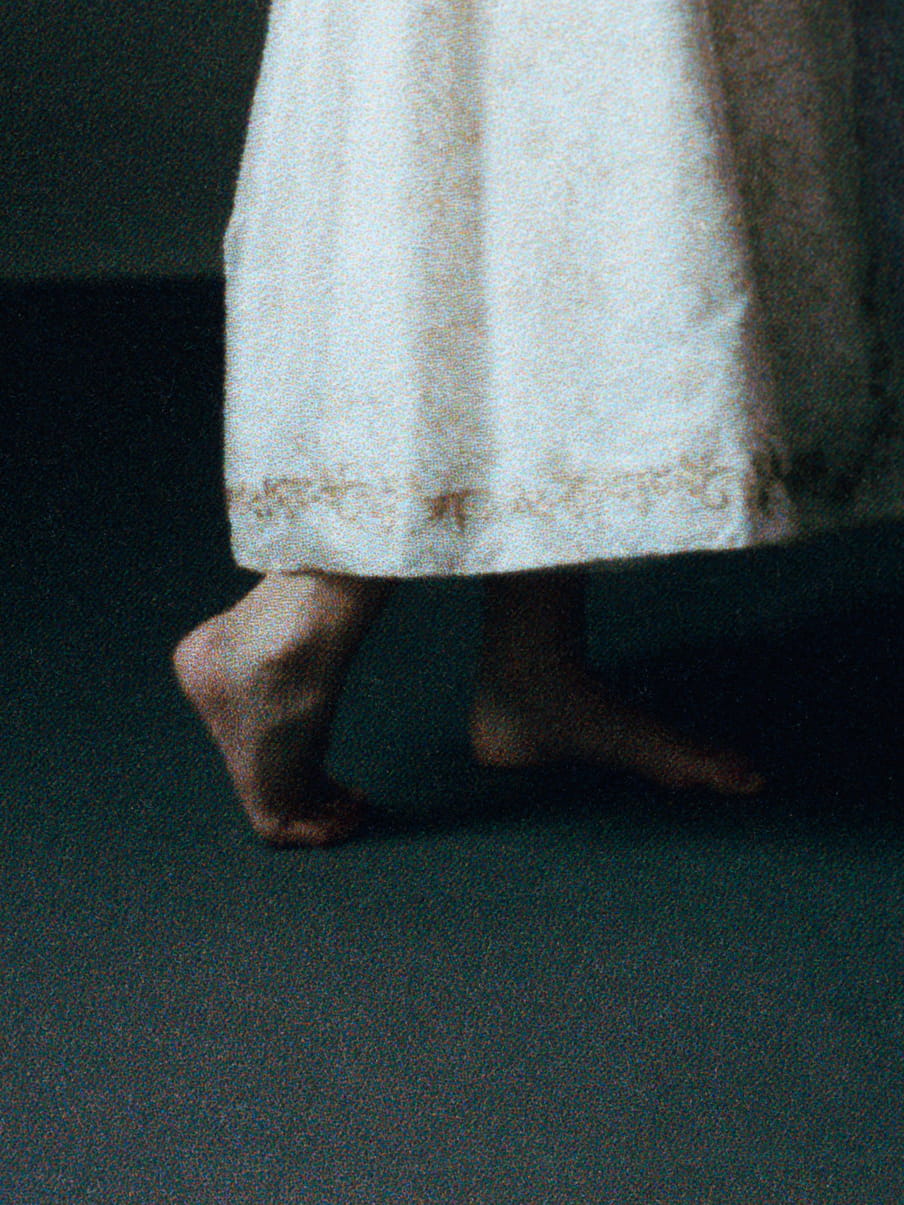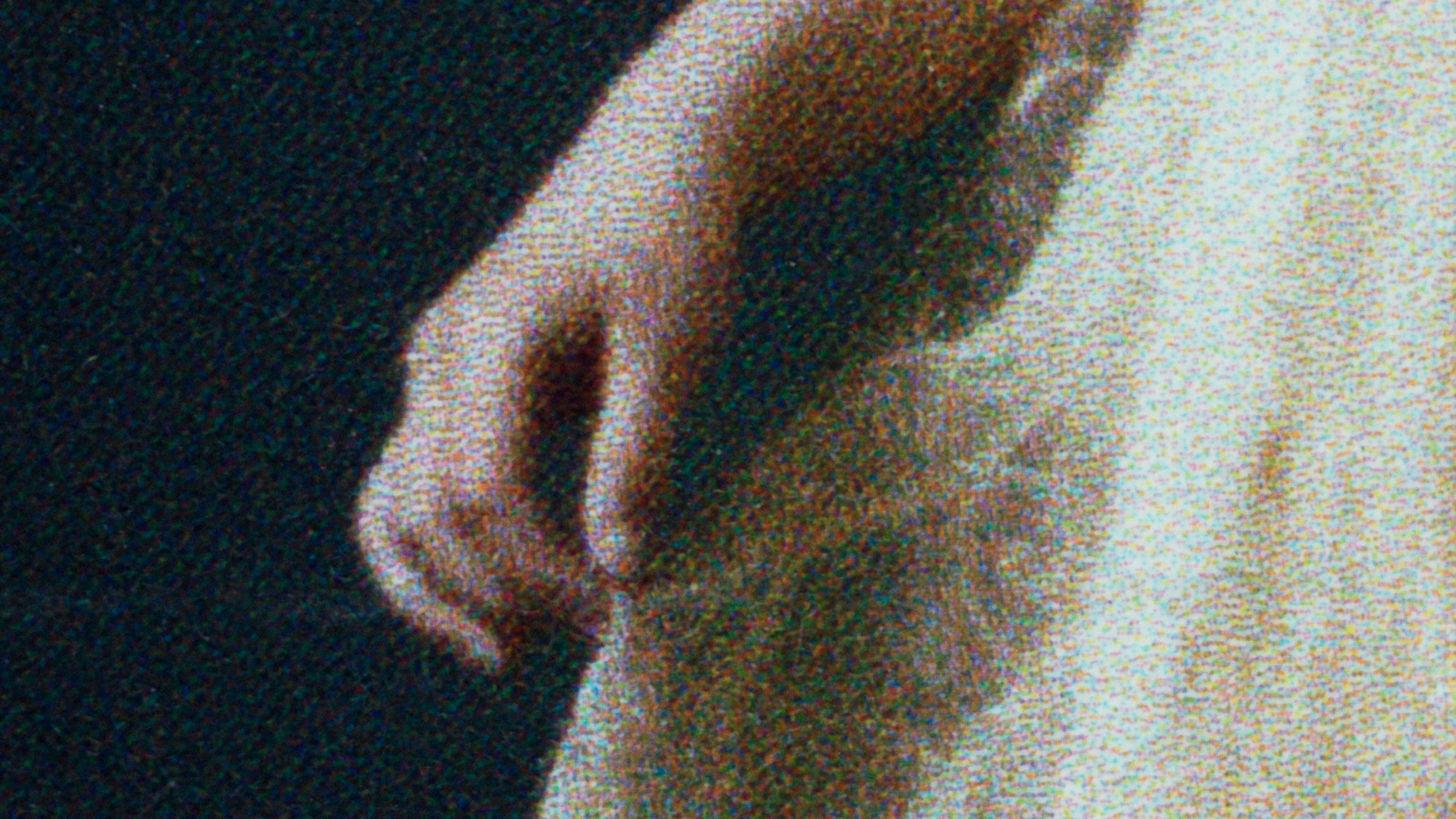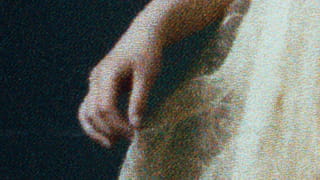If you scroll a couple of years back through my phone, you’ll find a picture of my daughter, aged two and a half. It’s evening where she is, but a summer evening, so the living room is still bright.
She’s barefoot, wearing the princess outfit someone gave her earlier that day: a pink skirt made from shiny, synthetic fabric and overlapping layers of tulle; pink, faux-diamond-encrusted ring and bracelet; sparkly, pink clip-ons dangling from her ears.
The fingers of one hand are locked tightly around those of the other, her back is super straight, and you can just tell that she’s straining to keep her head still for the camera. But it’s the look in her eyes that gets to me: so pleased and exuberant that she seems ready to explode into a mist of pixie dust.
It wouldn’t be completely accurate to say that this photo captured the advent of my daughter’s princess phase. The first mild symptoms had appeared a couple of months before, when I’d pick her up from daycare to find her dressed up as Snow White, Cinderella, or Elsa. Then there was that one occasion when I saw her turn purple with envy and rage as, arriving at that same daycare, she’d realised that another girl was already wearing the Elsa dress.
But after that first outfit of her own (a gift from friends to whom I’d said dismissively only a few weeks earlier that of course we didn’t own a chest full of pink-and-frilly dresses, no way) things suddenly accelerated. Somewhat mysteriously, a succession of fairytale apparel appeared in our household: a tutu, another princess dress, pale pink ballet shoes, bright pink butterfly slippers, an icy-blue Elsa dress with matching cape.
The princess phase
It may not be an official diagnosis, but parents and teachers know full well that the princess phase exists. Exact onset and intensity may differ, but sometime between two and three years of age the word “princess” becomes, in many a girl’s mind, synonymous with “pretty”, “good”, and “I’ll have what she’s having.”
What does this phase look like? Just picture endless shades of pink, big poofy dresses, and every female protagonist that Walt Disney and his company ever put out into the world. Or picture Let It Go belted out with all the passion and conviction a three year old can muster, her arms stretched wide, head tilted in reverie, eyes asquint.
Picture, in other words, everything that makes a well-meaning, feminist mother shiver. Because, well, you know … the emphasis on beauty; marketing and commerce; submissive, passive role models in desperate need of a man to save them. And then, on top of it all, picture pink.
Of course, the parental dismay I’m describing generally concerns little girls. Boys who crave cotton-candy dresses tend to represent something else entirely – parental open-mindedness in the best of cases, years of misery in the worst.

For mothers like me, princesses were the worst
How do we arrive at our convictions, beliefs, and ideals? Where, exactly, do we acquire our opinions about parenting? I had picked up some ideas here and there long before my daughter was born – from op-eds and half-finished conversations with the young, tired parents in my circle of friends.
It was an article of faith among middle-class, feminist women such as me that “girls’ toys” carried gender-stereotyped messages – that, for instance, pink toy vacuum cleaners prepared little ones for a life of housework. I’d also read about Barbie’s impossible bodily proportions and pathological addiction to shopping; the traditional gender roles displayed in most Disney films; and the makeover that the cast of My Little Pony had been subjected to, rendering the poor little horses thinner and more feminine.
And princesses were the worst of the worst — the symbol of what you shouldn’t want for your daughter. The titles of parenting books such as Cinderella Ate My Daughter, The Princess Problem and Princess Recovery say it all.
These critiques were backed up by recent insights into the psychological development of boys and girls, whose brains turn out to be largely similar at birth, but start to differentiate quickly in response to environmental input. By the time they’re in kindergarten, girls have been socialised to sit around combing each other’s hair while boys jump fences and climb trees.
And so, the argument went, if you wanted your daughter to spend less time worrying about her appearance than the women of her mother’s generation — and to turn out not just sweet and friendly, but also sturdy and brave – well, then, you had better keep all the pink, the glitter, and the princess stuff at bay.

How toys became gendered
A mother worrying about her child: so far, so familiar. Parents always worry about their offspring, and kids never fail to distress the grown-ups. Besides, it wouldn’t be the first time adults’ hang-ups are channelled into their children’s clothes.
As the historian Jo Paoletti has pointed out, at the end of the 19th century, psychologists and parents feared their boys were too feminine and weak to face modernity. (Coincidentally or not, these worries arose at the exact moment that women and girls kicked off their first round of emancipation.)
The solution was believed to be sartorial. For centuries, infants and toddlers had worn white dresses, regardless of sex. Now boys were to be outfitted with trousers at a much younger age. The theory held that pant legs would help them identify with their manhood more quickly.
The notion that “pink is for the girls” came around even later. It grew incrementally and inconsistently in the years leading up to the second world war, not blossoming fully until the conservative backlash against the gender-fluid 60s and 70s. The division of toy store aisles into boys’ and girls’ sections has only solidified in the past few decades too.
And princess mania? That’s the most recent craze of all, going back only to around 2000 or so. It was then that marketing executives at Disney came up with the brilliant idea of grouping together the company’s arsenal of female characters. With the Disney Princess brand, they created a merchandise empire that continues to delight little girls and worry their parents.

The need to prove you’re a girl
Judi Mesman, professor of the interdisciplinary study of societal challenges at Leiden University, tells me, however, that I shouldn’t attribute my daughter’s sudden infatuation with Elsa, Cinderella, and long glittery gowns to smart marketing alone.
Mesman explains that sometime between two and three years of age, children become aware of the fact that they have a sex. The basis of the difference between girls and boys remains mysterious to them at this point, so they learn to distinguish male from female by external markers – things such as hair length, dress, and toy preferences.
They also don’t quite get that gender is, for most people, fixed. Not until they turn six or seven do children understand that boys won’t suddenly turn into girls, or vice versa. Which is why, Mesman says, young children are incredibly rigid when it comes to discerning and maintaining the difference between the two genders – more strict, in any case, than older children or adults. They are determined to demonstrate their boyness or girlness.
And so most girls end up going through a phase where they want to play with “girls’ toys” only, while most boys will choose cars over dolls. And virtually all preschoolers, when given a choice, will prefer playing with someone of the same sex.
Knowing all this, American author Peggy Orenstein once attributed the success of princess dresses and related paraphernalia to little girls feeling the need to prove that they are, in fact, girls. It is this need that makes them “latch on to the most exaggerated images their culture offers in order to stridently shore up their femininity”.
Given that this latching-on happens unconsciously, it’s an explanation that is as difficult to prove as it is easy to love. I, at least, find the image of fiercely held feminine pride endearing, even if it’s asserted through glitter and tiaras.

When parents perpetuate gender without realising it
Still, in the end, it’s we adults who are responsible for the fact that these dresses, that glitter, and those waifish women are what our culture offers up as the archetype of femininity. Or, as neuroscientist Jelle Jolles puts it: “the preference for pink or blue is 100% culturally determined”. By which he means that the conscious and unconscious signals we send our children inform them of how they’re “supposed” to be.
As Mesman found in her research, we start sending such messages early on. In one study, she asked parents to discuss a picture of a toddler of indeterminate sex with their young children. When the toddler in the picture was teary eyed, the parents tended to describe it as a girl, saying things such as, “Isn’t that girl sad?” When the toddler had an angry expression, they’d turn it into a boy: “Oh dear, he is mad.”
It does seem likely that the sum of this endless stream of small, seemingly innocuous signals lands a blow much more decisive than the progressive, gender-neutral messages we impart wittingly.
While I often recount to myself and others all the ways in which princess dresses are horrible, I always find my mood lifted by the sheer happiness that crosses my daughter’s face the moment she puts one on.
And I always find myself exclaiming, unthinkingly, that she looks beautiful.
Then I might even ask her to hold still — her bare feet against the carpet and the setting sun illuminating the room – so that I can take her picture.

My own princess dress resentment
Could it be that my own princess dress resentment is just as culturally determined as my daughter’s love of the same?
And if so, which part of that resentment is based on what I can see in, or know about, my daughter – and which part derives solely from my own experience and worry, my own, often unfounded, hopes and fears?
When my daughter tells me that she wants to be like Elsa because “Elsa is beautiful”, do I actually hear her? Or do I hear the withdrawn, moody adolescent I once was, the one who could have learned three languages in the time she wasted disciplining her body?
Do I see her collection of princess garments for what it is – a pile of things to play dress-up with – or am I seeing my own anxieties about my life and career?
Or am I maybe not really seeing much of anything, blinded by my own fear that, in the end, I’m simply too conflict averse, too caring, too unassertive, too feminine to ever create something truly valuable?
It’s a fear I usually keep to myself – I know how sexist it is. But hiding it away doesn’t rob it of any of its power. It alters the contours of my world. Will it alter the contours of my daughter’s?

Playing with princesses could be beneficial for boys
In 2016, the journal Child Development published the results of a study conducted among 198 American preschoolers, meant to determine the effect of Disney princesses on the gender stereotypes, behaviour, and self-image of small children – boys as well as girls. This study, like most studies, wasn’t perfect. As is often the case, the results were nuanced and called for more research. Still, it’s the best we’ve got.
The researchers found that children who frequently played with Disney princess toys or watched Disney princess movies exhibited slightly more “feminine” behaviour one year later. For instance, they’d rather play house than climb fences, preferred dolls over toy guns, and chose quiet and safe play over more risky endeavours.
On the plus side, though, exposure to princesses didn’t seem to make a dent in their body esteem. Snow White’s and Cinderella’s impossible waistlines meant little to them, at least for the time being.
Interestingly, the results were the same for boys. When boys had more princess time under their belts, they too exhibited more “girly” behaviour. The authors concluded that while the Disney Princess brand “may potentially be problematic” for girls, it could actually be beneficial for boys. For girls, princesses and all their gender-stereotypical associations are just more of the same, but to boys they represent something new. They open up possibilities, offer vistas to alternative ways of being in the world.
It may well be that a mirror image of that variation could open up alternatives to our girls and offer at least a partial solution to the princess problem.

It’s just a dress
The more I think about it, the more the princess dress becomes a symbol not just of excessive femininity but of contradiction and ambivalence — the ambivalence of women who, over dinner with friends, find themselves united in their desire to raise confident girls who know there’s more to them than good looks, and who meanwhile order only salads and leave their wine glasses half full.
The ambivalence, also, of women who complain about the unequal division of household labour – but who, meanwhile, happily delegate the flat tyres and busted radiators to the men in their lives.
Women who, I guess I’m trying to say, hold onto a host of principles and ideals, but continue behaving in ways that run counter to them.
Maybe the princess phase isn’t just something daughters go through. Perhaps, even, it’s mostly something their parents go through. Or let me just speak for myself: something that I go through, like a rite-of-passage, a life lesson – a manifestation of paradoxes and idealism, preconceptions and reflexive convictions.
For my daughter, things are simple, at least for now. She doesn’t know of any “Princess Problem” and wouldn’t have a clue what to do with a “Princess Recovery”. She just puts on a dress and is beautiful – that’s it. And while my daughter does indeed enjoy being “pretty”, there is a plethora of other things she enjoys just as much.
The moment she takes off her dress — and sometimes even while she’s still wearing it — she’ll rush to build a snowman in the little square outside our house, or practise riding her bicycle. Or she’ll play restaurant, or jump on the trampoline, or have a total meltdown because someone closed the laptop just as the next episode of Puffin Rock pops onscreen. (Damn you, autoplay.)
There’s a versatility in all of this, a versatility I hope she will hold on to – and that I hope the adults in her life will always allow for. By those adults, I of course mean myself. There’s an appetite in her — an appetite for experience, knowledge, joy — that I hope she’ll never lose, and a flexibility that I find instructive.
For isn’t flexibility what it comes down to? That you can have reservations about all the things a princess dress signifies, and at the same time find yourself scrolling back to that photograph simply because your daughter’s joy is so natural and endearing. Natural and endearing, but also worth cultivating.
To just put on a dress and be beautiful. Now there’s a skill I wish I mastered.
This piece originally appeared on De Correspondent.
 About the images
The series Anamorphosis is a photographic exploration of the princess phenomenon that recently appeared as a publication. Portraiture often plays an important role in Dutch photographer van IJken’s work. For this project, she invited young girls to her studio to imitate colouring pages of Disney princess characters while wearing princess dresses. She then re-photographed her own photographs, resulting in a series of close-ups that reflect on her own role as a photographer, viewer, and parent. Her central question is who is turning little girls into images? (Lise Straatsma, image editor)
About the images
The series Anamorphosis is a photographic exploration of the princess phenomenon that recently appeared as a publication. Portraiture often plays an important role in Dutch photographer van IJken’s work. For this project, she invited young girls to her studio to imitate colouring pages of Disney princess characters while wearing princess dresses. She then re-photographed her own photographs, resulting in a series of close-ups that reflect on her own role as a photographer, viewer, and parent. Her central question is who is turning little girls into images? (Lise Straatsma, image editor)


